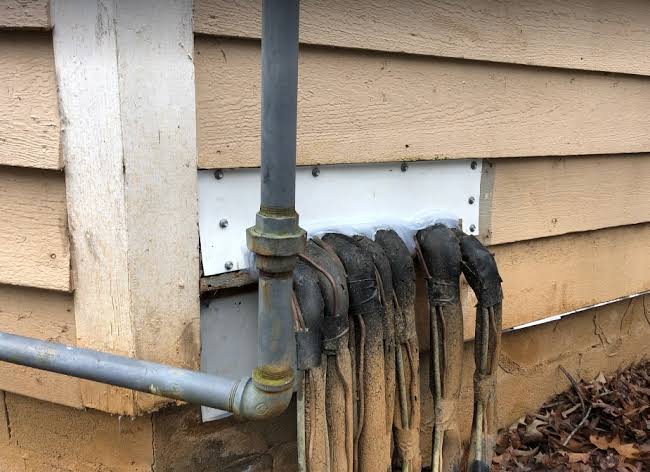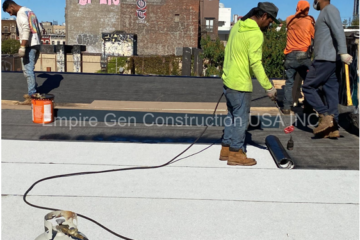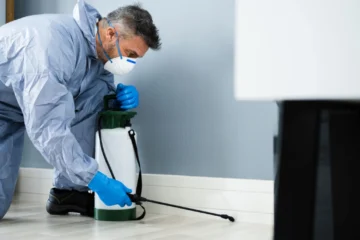Wildlife intrusions can pose significant challenges for homeowners, causing property damage and creating potential health hazards. Effectively wildlife-proofing your home involves a combination of proactive measures and ongoing maintenance. In areas like Dallas, where urban development intersects with natural habitats, animal removal Dallasservices, such as those offered by Trapping USA Animal Removal & Pest Control are often in high demand. This guide will outline long-term strategies to protect your home from unwanted wildlife encounters, ensuring peace of mind and safeguarding your property.
Home Inspections: Identifying Vulnerabilities
1. Roof and Attic
Check for gaps or loose shingles that could allow animals to enter. Look for signs of nests, droppings, or gnaw marks that indicate previous activity. Pay attention to areas around vents and chimneys, ensuring they are sealed and secure.
2. Foundation and Crawl Spaces
Inspect the foundation for cracks, holes, or gaps. Even small openings can be exploited by rodents or insects. Ensure that crawl space vents are covered with sturdy mesh to prevent entry. Check for signs of digging or burrowing around the foundation, which may indicate animal activity.
3. Doors and Windows
Ensure that all doors and windows close tightly, with no gaps around the frames. Install or replace weather stripping if needed to seal gaps and prevent drafts. Check for damaged screens or broken glass, and repair or replace them promptly to maintain a solid barrier against wildlife.
4. Exterior Walls
Look for any signs of chewing, scratching, or burrowing on the exterior walls. Common entry points include areas around utility pipes, vents, and cables. Repair any damage promptly to prevent access, and consider reinforcing vulnerable areas with metal mesh or hardware cloth to deter persistent animals.
Installing Barriers: Physical Defense
1. Fencing
Erect sturdy fences around your property, especially gardens and yards. Ensure the fence extends below ground level to prevent digging animals from getting through. Opt for materials like metal or vinyl that are resistant to chewing and climbing, and maintain the fence regularly to address any wear and tear.
2. Mesh Covers
Use heavy-duty mesh to cover vents, chimneys, and other openings. This prevents birds, rodents, and other small animals from entering your home. Choose a mesh with small openings to block even the tiniest pests. Secure the mesh firmly to prevent it from being dislodged by persistent wildlife, and inspect it periodically for any damage.
3. Sealing Gaps
Apply caulk or expandable foam to seal small gaps and cracks in the exterior walls, roofline, and around utility entry points. Be very careful near windows and doors and any other placeswhere various building materials intersect. Use durable sealants that can withstand weather changes and ensure a tight seal to effectively block entry points.
4. Chimney Caps
Install caps on chimneys to block access for birds, bats, and other animals. Select a style that has a snug-fitting top and sides. Stainless steel or copper caps are durable options that resist rust and corrosion. Ensure the cap is properly secured and check it regularly for any signs of wear or tampering by wildlife.
Ongoing Maintenance: Keeping Wildlife at Bay
1. Tree Trimming
Regularly trim tree branches to prevent them from overhanging your roof. This eliminates potential access points for animals like squirrels or raccoons, who may use them as pathways to your home. Additionally, trimming branches reduces the risk of damage from falling limbs during storms.
2. Gutter Cleaning
Clean gutters at least twice a year to remove leaves, twigs, and other debris. Clogged gutters can become attractive nesting sites for birds and rodents, leading to blockages and water damage to your home’s foundation. Proper gutter maintenance helps prevent these issues.
3. Yard Upkeep
Maintain a tidy yard by promptly removing fallen fruit, nuts, and other organic debris. These items can attract wildlife, including rodents and insects, seeking food sources. Regular yard maintenance also reduces hiding spots for pests, making your property less inviting to unwanted visitors.
4. Secure Trash
Use wildlife-proof garbage cans with tight-fitting lids to prevent animals from accessing waste. Securely seal bags before placing them in the trash to minimize odors that may attract wildlife. Additionally, consider storing trash cans in a secure location, such as a garage or shed, until collection day.
5. Check Barriers
Regularly inspect fences, mesh covers, and other barriers to ensure they remain intact and effective. Look for signs of damage or wear, such as holes or sagging sections, and repair them promptly. Reinforce weak spots to prevent wildlife from exploiting vulnerabilities and gaining access to your property.
Conclusion
Implementing long-term wildlife-proofing strategies is essential for protecting your home from unwanted animal intrusions. Regular home inspections, the installation of physical barriers, and ongoing maintenance are key components of an effective wildlife-proofing plan. For homeowners in Dallas, wildlife removal Dallas services canprovide professional assistance in addressing and preventing wildlife issues. By taking proactive steps, you can ensure a safer, more secure living environment for you and your family.
Stay in touch to get more updates & news on Gossips!




